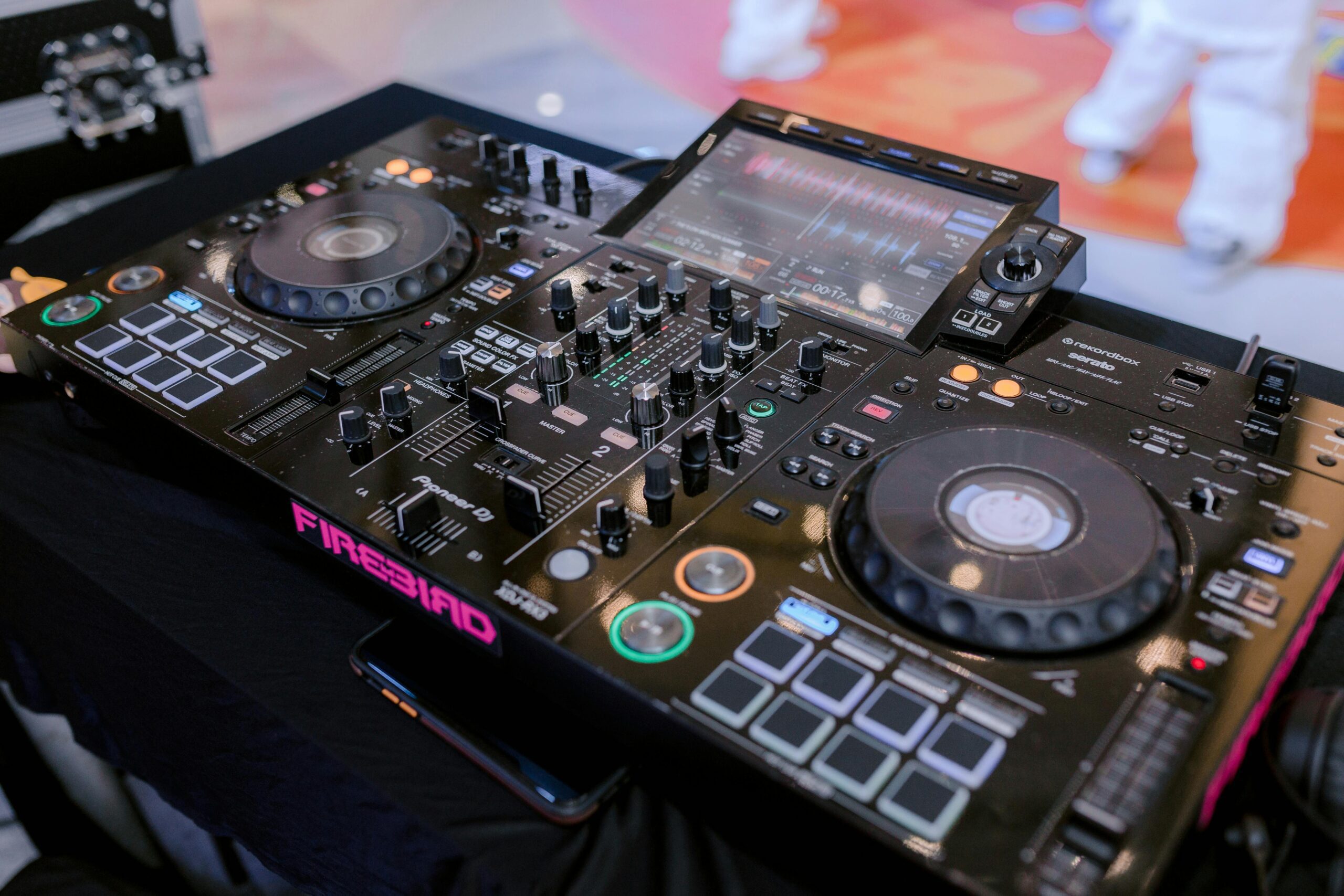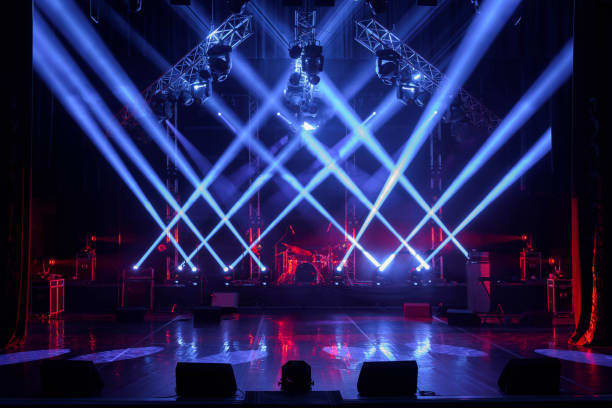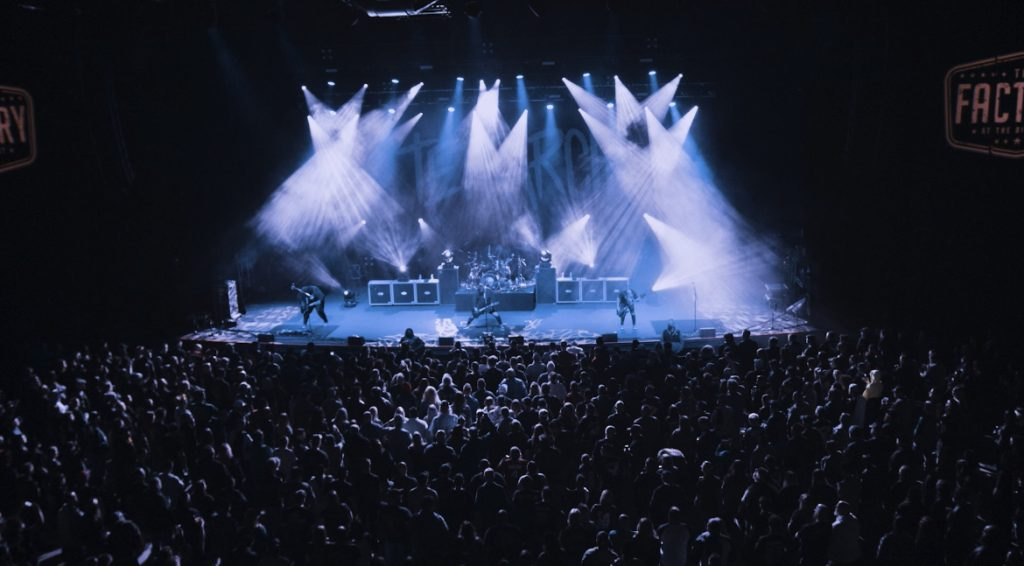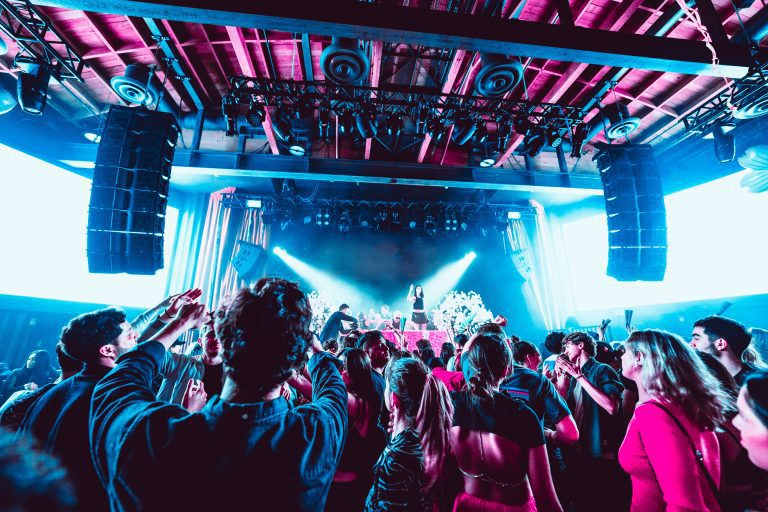In the vibrant world of live events, sound is arguably the most critical element of the audience’s experience. Whether it’s a stadium concert, a theatre performance, or a corporate event, the clarity, balance, and richness of the audio can make or break the occasion. Over the years, sound engineering advancements have transformed the live entertainment industry, with technological innovations playing a pivotal role in enhancing audio quality, streamlining operations, and delighting audiences.
In this comprehensive article, we’ll explore how modern developments in sound engineering have reshaped live performances, from equipment upgrades to digital technologies. This guide is crafted for sound professionals and event organisers seeking to understand how the latest innovations can elevate their productions.
A Brief History: From Analogue Roots to Digital Revolution
The roots of live sound engineering trace back to the early 20th century, when rudimentary PA systems began amplifying voices and instruments in large venues. These early systems relied on basic amplification with limited control over tone and balance.
In the 1960s and 70s, rock concerts spurred rapid development in loudspeaker technology and mixing consoles. Engineers began to focus not just on making sound louder, but on improving audio quality and managing complex stage setups.
The 1980s and 90s saw the rise of digital technology. Analogue desks were gradually complemented — and in some cases replaced — by digital consoles, offering far greater flexibility, precision, and the ability to store and recall settings.
Key Sound Engineering Advancements Shaping Today’s Live Events
1️. Digital Mixing Consoles: Precision and Flexibility
One of the most significant technological innovations in modern sound engineering is the rise of digital mixing desks. These consoles offer:
- Scene recall and presets for consistent setups across multiple shows.
- Onboard effects processing, reducing the need for bulky external racks.
- Remote control via tablets or laptops, allowing engineers to fine-tune sound from anywhere in the venue.
- Integration with Dante or other audio-over-IP systems, enabling clean and efficient signal routing.
For sound professionals, digital desks are indispensable tools, combining power, portability, and flexibility.
2. Line Array Loudspeakers: A Game Changer for Audio Quality
Before line array technology, sound coverage in large venues was a challenge, often resulting in uneven volume and clarity. Today’s line array systems:
- Provide uniform coverage across large and irregular spaces.
- Offer scalable configurations to suit different venue sizes.
- Minimise unwanted reflections and feedback issues.
Advancements in materials and design mean modern line arrays deliver exceptional audio quality while being lighter and easier to rig.
3️. Wireless Systems: Freedom Without Compromise
Modern live events rely heavily on wireless technology — from microphones to in-ear monitors. Innovations include:
- Improved frequency agility, helping engineers avoid interference.
- Digital wireless systems deliver crystal-clear audio and greater range.
- Remote monitoring, so engineers can manage battery levels, RF conditions, and device health in real time.
These tools allow performers greater freedom on stage without compromising sound.
4️. Audio-over-IP (AoIP): The Backbone of Modern Audio Networks
The move to networked audio has been one of the most transformative technological innovations. Systems like Dante and AVB enable:
- Simplified cabling, reducing clutter and setup time.
- Flexible routing, where any input can be sent to any output anywhere on the network.
- Redundancy options, enhancing reliability for mission-critical systems.
AoIP has also made remote mixing and virtual sound checks feasible, improving workflow efficiency for event organisers and technical teams.
5️. Immersive and Spatial Audio: The New Frontier
In recent years, immersive audio has pushed live sound to new heights. Technologies such as L-ISA, d&b Soundscape, and Meyer Sound’s Spacemap Go allow engineers to:
- Place audio sources in a 3D field, creating a more natural listening experience.
- Deliver consistent sound to every seat in the house.
- Align sound with visual elements for a truly integrated production.
Immersive audio represents a leap forward in audio quality, captivating audiences with lifelike sonic environments.
How Equipment Upgrades Are Driving Sound Quality
The steady march of technology means that equipment is constantly evolving. Key areas where equipment upgrades make a difference include:
- Microphones: Advances in capsule design and RF performance mean modern mics offer better clarity, reduced handling noise, and enhanced durability.
- Amplifiers: Class D amps have become standard, delivering high power with reduced heat and weight.
- DSP (Digital Signal Processing): Today’s processors offer unparalleled control over EQ, dynamics, and time alignment.
- Cabling: Fibre optics and network cabling have replaced traditional multicore snakes, making signal transport cleaner and more reliable.
For event organisers, investing in upgraded sound equipment translates directly to better audience experiences and smoother show operations.
The Role of Automation in Modern Sound Engineering
Automation tools have entered the sound engineer’s toolbox, making it easier to:
🎛 Recall complex mix settings between acts or scenes.
🎛 Automate fader movements, effects changes, and routing based on timecode or triggers.
🎛 Sync audio with lighting, video, and stage cues for a cohesive production.
Such tools free engineers to focus on the nuances of the mix, confident that routine changes are handled with precision.
Challenges Sound Professionals Face with New Technologies
While sound engineering advancements bring many benefits, they also present challenges:
- Steep learning curves: Engineers must stay current with evolving systems and protocols.
- Increased reliance on IT skills: Networked audio and AoIP require knowledge of IP addressing, switch configuration, and cybersecurity.
- Budget considerations: Top-tier gear comes at a cost, making careful planning essential.
- Potential over-complexity: Too many layers of technology can introduce failure points if not managed properly.
Addressing these challenges calls for ongoing training, careful system design, and contingency planning.
The Impact of Sound Engineering on Live Performances
Ultimately, these technological innovations serve one purpose: to elevate the audience experience. Advancements in live sound help deliver:
- Greater clarity: Every note and word can be heard as intended.
- Balanced mixes: Engineers can manage complex setups with many inputs without cluttering the sound
- Consistent quality: Audiences in every seat enjoy the same audio excellence.
- Creative possibilities: Sound becomes part of the storytelling, enhancing emotion and impact.
Practical Tips for Event Organisers
If you’re planning an event and want to leverage modern sound technology, consider these best practices:
- Engage your sound team early: The sooner engineers are involved, the better the design and integration of audio systems.
- Infrastructure plan: Ensure your venue supports modern audio networking, power needs, and rigging requirements.
- Budget realistically: High-quality sound systems are an investment, but one that pays dividends in audience satisfaction.
- Prioritise training: If you’re using cutting-edge gear, ensure your team or contractors are fully comfortable with it.
Final Thoughts
The evolution of sound engineering in live events is a story of continuous innovation, driven by the desire to deliver ever-better experiences to audiences. From equipment upgrades to technological innovations that were once unimaginable, the modern sound engineer has more tools at their disposal than ever before.
For sound professionals, this means endless opportunities to push creative and technical boundaries. For event organisers, it offers a chance to elevate their productions and leave lasting impressions on audiences.
At Live Pros, we help our clients navigate this exciting landscape, providing expertise and solutions that harness the best of modern sound technology. If you’re ready to transform your next event, contact us today to discuss how we can help.






